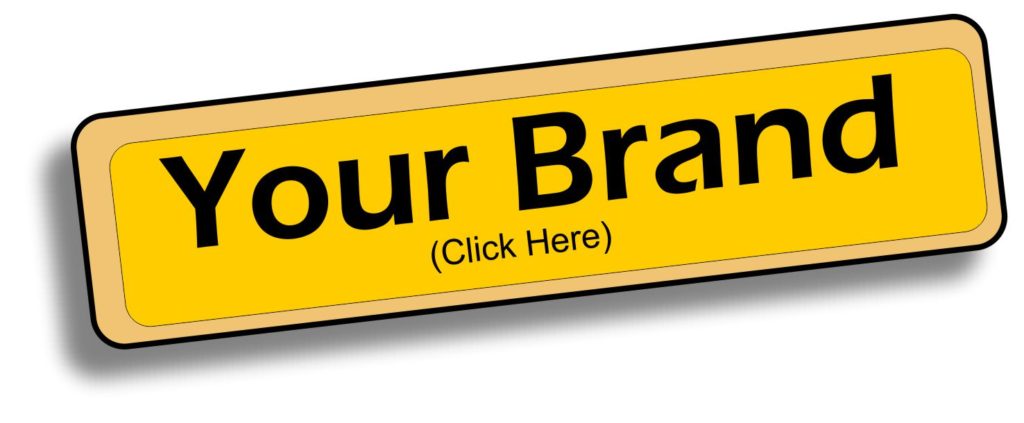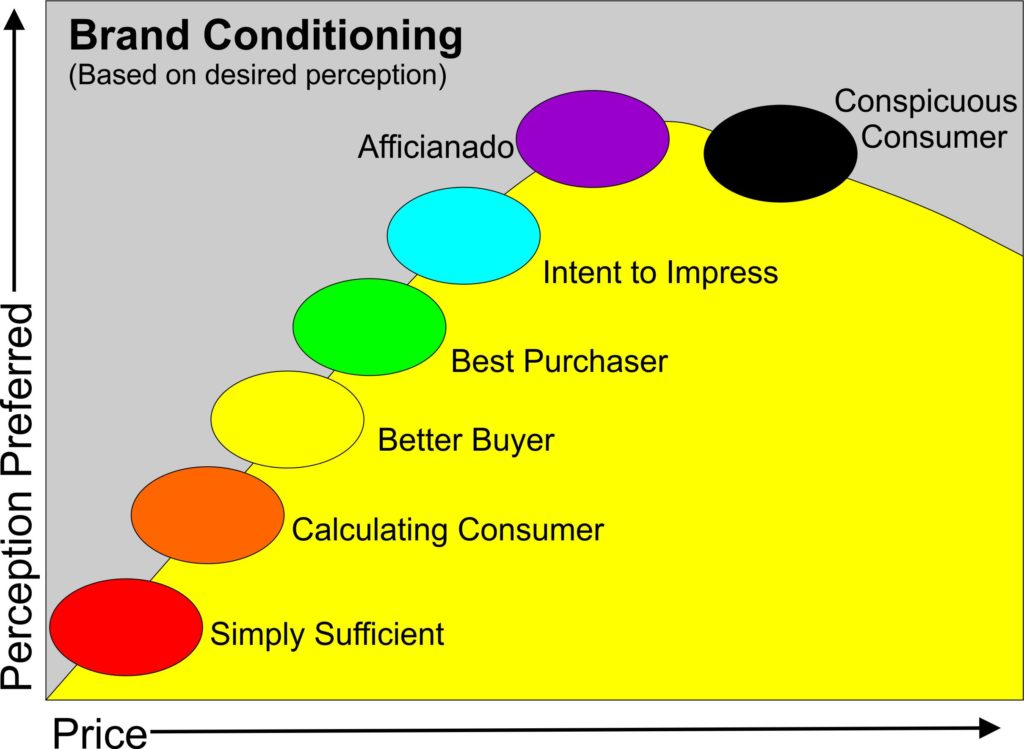 Does the mere mention or visual of your brand cause customers to take action?
Does the mere mention or visual of your brand cause customers to take action?
Has it reached a level in your customer’s minds similar to that of Pavlov’s dogs at the sound of the bell?
Take a step back.
Pavlov’s dogs learned to react as if they were being fed at the sound of the bell.
They were conditioned to respond by associating a stimulus with an unconditioned stimulus and response.
What unconditioned behavior is linked to your brand?
It is not the same for everyone. We are, after all, a motley crew of individuals. One woman I know arrives at her office drinking a super-sized cola drink each morning. She refills it multiple times during the day. Another greets the day with one of those Grande Coffee drinks I can’t pronounce must less remember. She may have another if she’s meeting someone out of the office.
Both apparently need the stimulus of sugar in their system. Both get the boost they need in liquid form. Why does one like it hot and the other cold? And since human beings are creatures of more complex operant conditioning, what caused them to associate their need with their selected brand?
Every equipment purchase is behaviorally linked.
So you have to buy a bike or a car, a computer or a set of skis or a surfboard. Your need is for the piece of equipment that will help you get done what needs to be done. But as soon as you come to the conclusion that you need it you are blessed (or cursed) with a plethora of possibilities.
You can get the basic one and that will work for you. But have you noticed that logic goes out the window when you have to make this kind of decision? Basic capabilities don’t mean a thing when we are confronted with products that in our minds do the basic job but then add emotional positives to it!
- A Bianchi by Gucci bicycle will set you back about 15 grand. Of course it has the panache of Gucci design and is carbon-fiber, flat-bar road bike. Or you could go for a Roadmaster at Walmart for about 80 bucks.
- You could find a four cylinder used car and get by with it but you prefer to be green. The choices range from a pug-nosed Mitsubishi i-MiEV at about $23,000 to a Tesla Model S at $68,000.
- Apple or PC? This is more of a religious question at times.
Personal purchases are constrained by brand perceptions.
Logic rules only in B2B situations and not always then. When we can remove ourselves from the product and its use we can easily opt for what gets the job done most efficiently for the funds available.
Personal items allow us to be conditioned. If your product or service is purchased for personal use you can position it in relation to unconditioned stimuli and responses. All three of the equipment examples above bring into play the differential of how the buyer wants to be perceived based on the item purchased. It runs from purely practical to conspicuous consumption. The prices are directly linked and form part of our conditioning.
There is a point however when we stop believing that a higher price means better quality. In bicycles, a solid gold mountain bike for $1,000,000 puts it in the conspicuous consumption range for me. A Tesla Model S even though I can’t afford it still appeals to me. Computers? I never drank the Kool-aid. I’ve used both Apples and PCs and because I view them only as tools I’ve never been concerned about the emotional value of either.
Where are your customers on the scale?
That can give you a strong clue as to how you should build your brand. Based on strong direct marketing research it will tell you whether your communications should look like an explosion in a type factory or arty portraiture. Look at the advertising for products and services like yours that are at the opposite ends of the spectrum to immediately see the difference. Now, where should you be to reap the greatest reward?
 Jerry Fletcher is a beBee ambassador, founder and Grand Poobah of www.BrandBrainTrust.com
Jerry Fletcher is a beBee ambassador, founder and Grand Poobah of www.BrandBrainTrust.com
His consulting practice, founded in 1990, is known for Trust-based Brand development, Positioning and business development on and off-line. He is also a sought-after International Speaker.
Consulting: www.JerryFletcher.com
Speaking: www.NetworkingNinja.com

